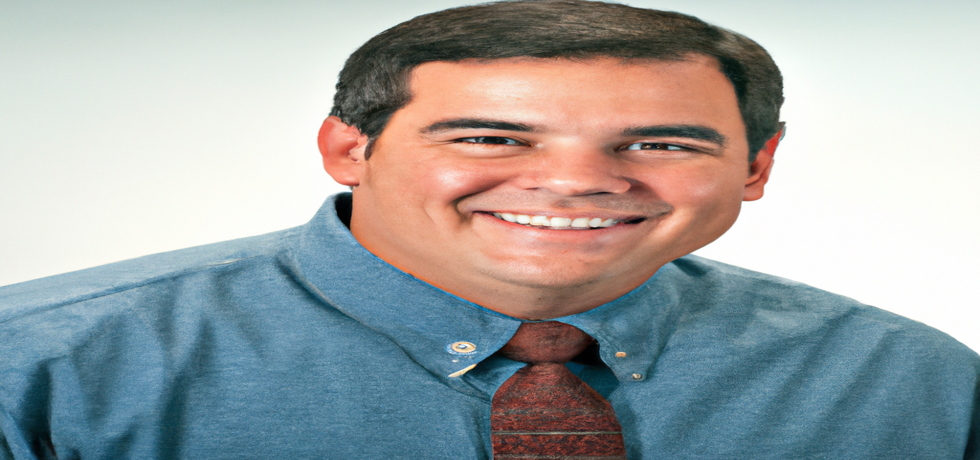
Unveiling Male Pattern Baldness: Insights on Causes, Symptoms, and Solutions
Introduction
If youve noticed your hair thinning or a receding hairline, youre not alone. Male Pattern Baldness, a common condition affecting many men, involves gradual hair loss that often leaves individuals feeling self-conscious. Understanding its causes, symptoms, and potential solutions can empower those experiencing it to take informed steps towards treatment and management. In this post, we will delve into crucial insights about Male Pattern Baldness and explore practical approaches to address it.
Causes of Male Pattern Baldness
Male Pattern Baldness, scientifically known as androgenetic alopecia, primarily stems from genetic and hormonal factors. If family members have experienced hair loss, it may be an inherited trait that plays a significant role in your hair health. A hormone called dihydrotestosterone (DHT) is at the forefront of this process, affecting sensitive hair follicles. DHT shortens the hair growth cycle, resulting in thinner and finer strands that eventually cease production altogether. This predictable pattern, influenced by genetics and hormones, characterizes Male Pattern Baldness.
Symptoms of Male Pattern Baldness
The symptoms of Male Pattern Baldness typically manifest gradually. You may notice your hairline receding, creating a distinct ‘M’ shape, followed by thinning at the crown. This progressive change is usually marked by fine hair becoming increasingly sparse, leading to a pattern often referred to as “the horseshoe.” Recognizing these symptoms early can be key in exploring timely male pattern baldness treatment options.
Solutions for Male Pattern Baldness
There are various solutions and treatments available for those dealing with hair loss. Medications, including prescription options like finasteride and topical applications like minoxidil, can help inhibit hair loss and promote regrowth. Additionally, exploring hair growth treatments such as laser therapy can stimulate hair follicles effectively.
For more lasting effects, surgical procedures like hair transplant may be an option, where hair follicles are relocated from denser areas to thinning patches. Alternatively, non-surgical solutions like scalp micropigmentation provide a visual density effect, creating an illusion of a fuller head of hair.
It’s also essential to consider hairstyles and grooming habits that best suit your changing hair. Shorter haircuts may add to the appearance of volume, while volumizing products can enhance the fullness of whats left. Furthermore, maintaining a balanced diet enriched with nutrients like proteins and vitamins can support overall hair health.
When to Seek Medical Attention
If you notice a sudden increase in hair loss or experience discomfort associated with your hair thinning, consulting a healthcare professional is advisable. These changes could be indicators of other underlying health issues. An expert can provide guidance tailored to your situation and help address any emotional concerns related to your appearance.
Conclusion
Understanding Male Pattern Baldness is crucial for those affected by it. Whether you explore medications, treatments, or lifestyle adjustments, knowing your options can help you regain control over your hair health. Embracing the change with confidence can also positively impact your self-esteem.
For professional assistance and expert advice from leading dermatologists like Dr. Hital Patel, experience the benefits of Unveiling Male Pattern Baldness: Insights on Causes, Symptoms, and Solutions with Hair & Skin Specialist Dr. Hital Patel at
The Skin Artistry. Our clinics in PDPU Gandhinagar, Vastrapur Ahmedabad and Hyderabad (Visiting Consultant) offer top-quality care and personalized treatments. Visit us today to learn more about our services and take advantage of our special offers! For more insights, updates, or to collaborate, stay connected with
The Skin Artistry.


